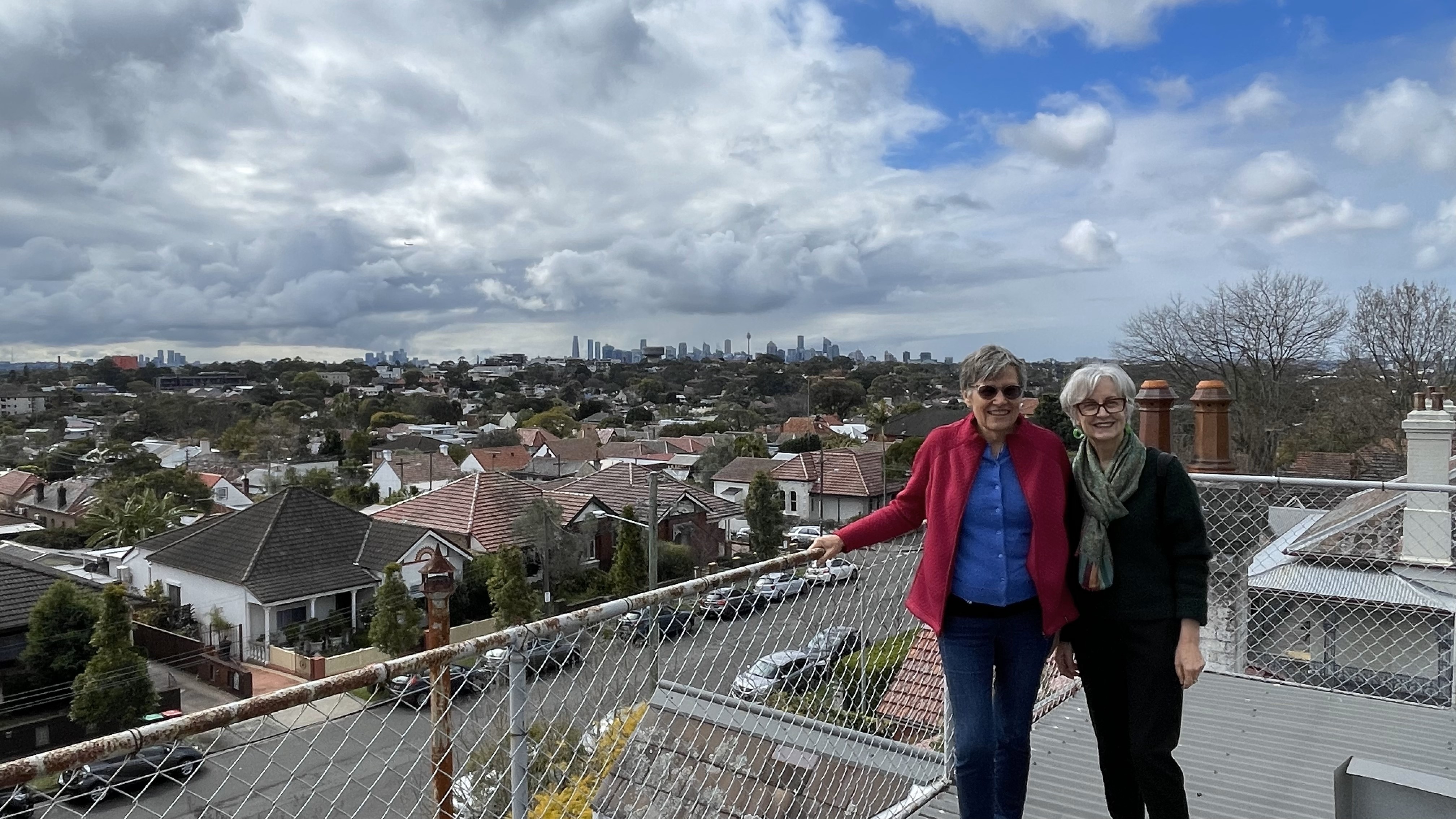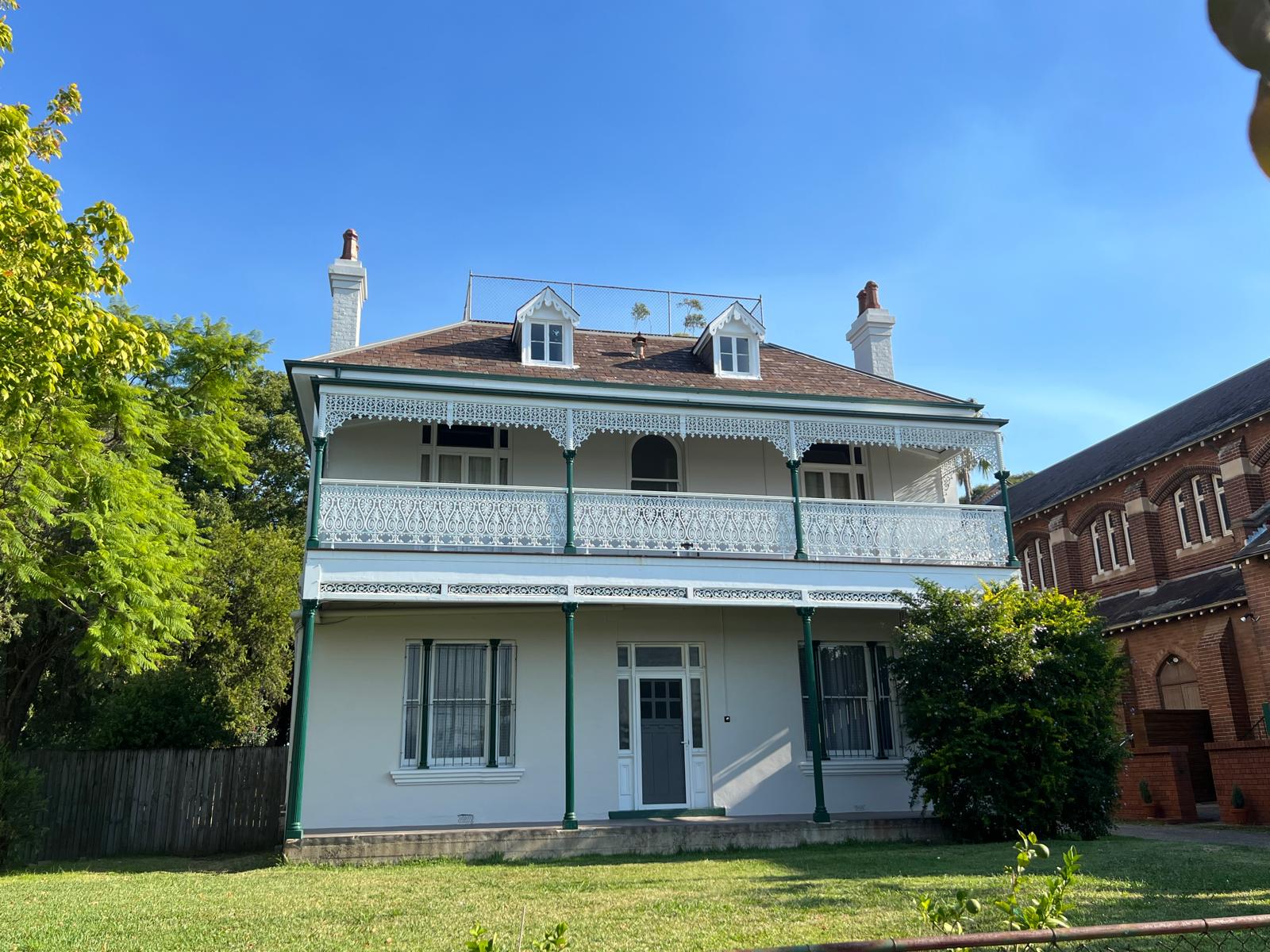“We knew the rectory needed work, but we didn’t know where to start,” recalls Cheryl, one of the wardens at Holy Trinity Dulwich Hill. “Sydney Anglican Property helped us think through our options, our responsibilities, and how to approach the project wisely. That gave us a real sense of confidence and clarity.”
Cracks in the ceiling, faulty wiring, termite damage, and water ingress told the story of a building that had long needed care. Built in 1860 in the Victorian style, the home had not been inhabited for six years and was simply not fit for a new rector and their family. And yet, beneath the wear and tear was something worth preserving.
What followed was a bold, carefully considered initiative led not by outside consultants, but by faithful wardens and church members with vision, perseverance, and deep affection for both heritage and hospitality. Today, the restored rectory is not just structurally sound and liveable, but warm, beautiful, and deeply loved, ready to serve the ministry of Holy Trinity for generations to come.
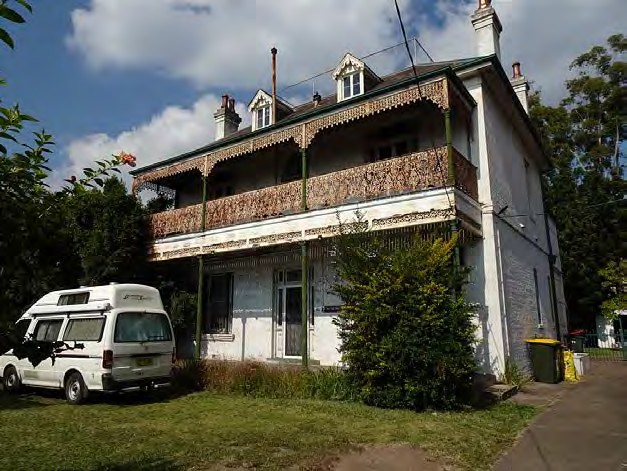
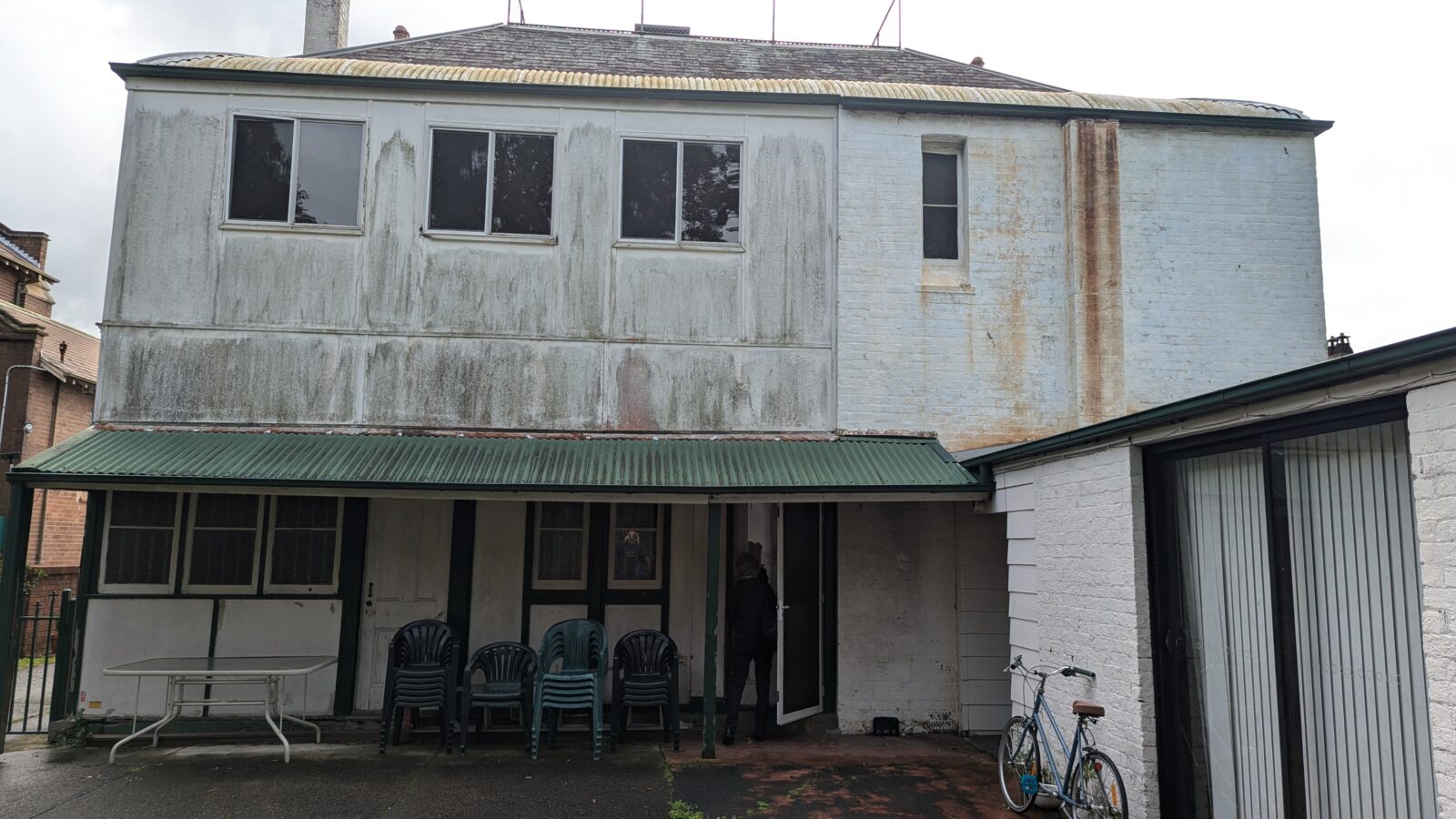
Seeing the need
“We didn’t have a grand design plan at the start,” says Cheryl Fowler, one of the parish’s long-standing members and wardens. “We just knew the house needed to be made liveable and we wanted to honour what was already there.”
The parish wardens took initiative by forming a building committee, drawing in parishioners with relevant experience. Another warden, Rosemary Isaacs, made contact early with Sydney Anglican Property (SAP) for advice and guidance, which proved to be a turning point.
“We found the team at SAP incredibly helpful,” Cheryl says. “Michael Coyne and Robert Smithies, along with Jonathan Rochford from Sydney Anglican Loans walked with us through every stage, supporting us with compliance, technical advice, and the loan process. It gave us confidence that we were on the right track.”
Honouring the past
Before approaching the wider parish for support, the wardens took the time to explore financial options. They investigated loans from banks and private lenders, but ultimately secured a diocesan loan, offset in part by a loan from a generous parishioner. The decision allowed them to move forward with confidence and transparency.
Then came the question of contractors. Wanting to preserve the rectory’s character, the building committee made a point of selecting people who understood and respected heritage work. They chose to restore rather than replace wherever possible: fireplaces were repaired rather than removed, original joinery was preserved, and even old doors were reinstated after being discovered on-site.
Of course, not everything was straightforward. As works progressed, further issues with plumbing and electrical systems were uncovered. “It really was like peeling an onion,” Cheryl reflects. “But we just kept working through it, one layer at a time.”
The works included full rewiring of the house, new plumbing throughout, significant repairs to structural timber where termite damage was found, ceiling replacement, and restoring heritage features such as sash windows, fireplace mantels, and original wooden floors. A new kitchen was installed, and two bathrooms were upgraded with modern, efficient fittings while maintaining a traditional aesthetic.
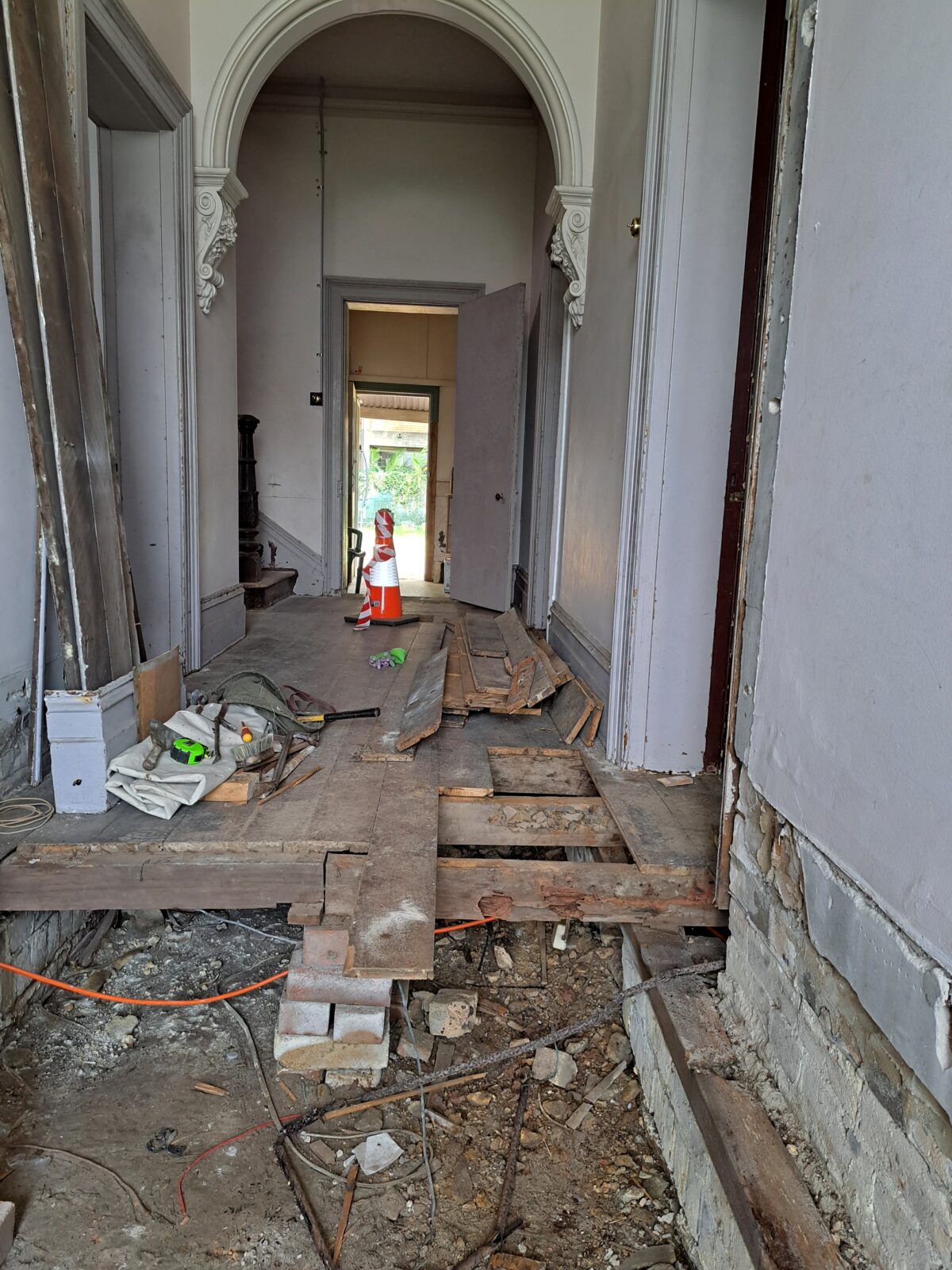
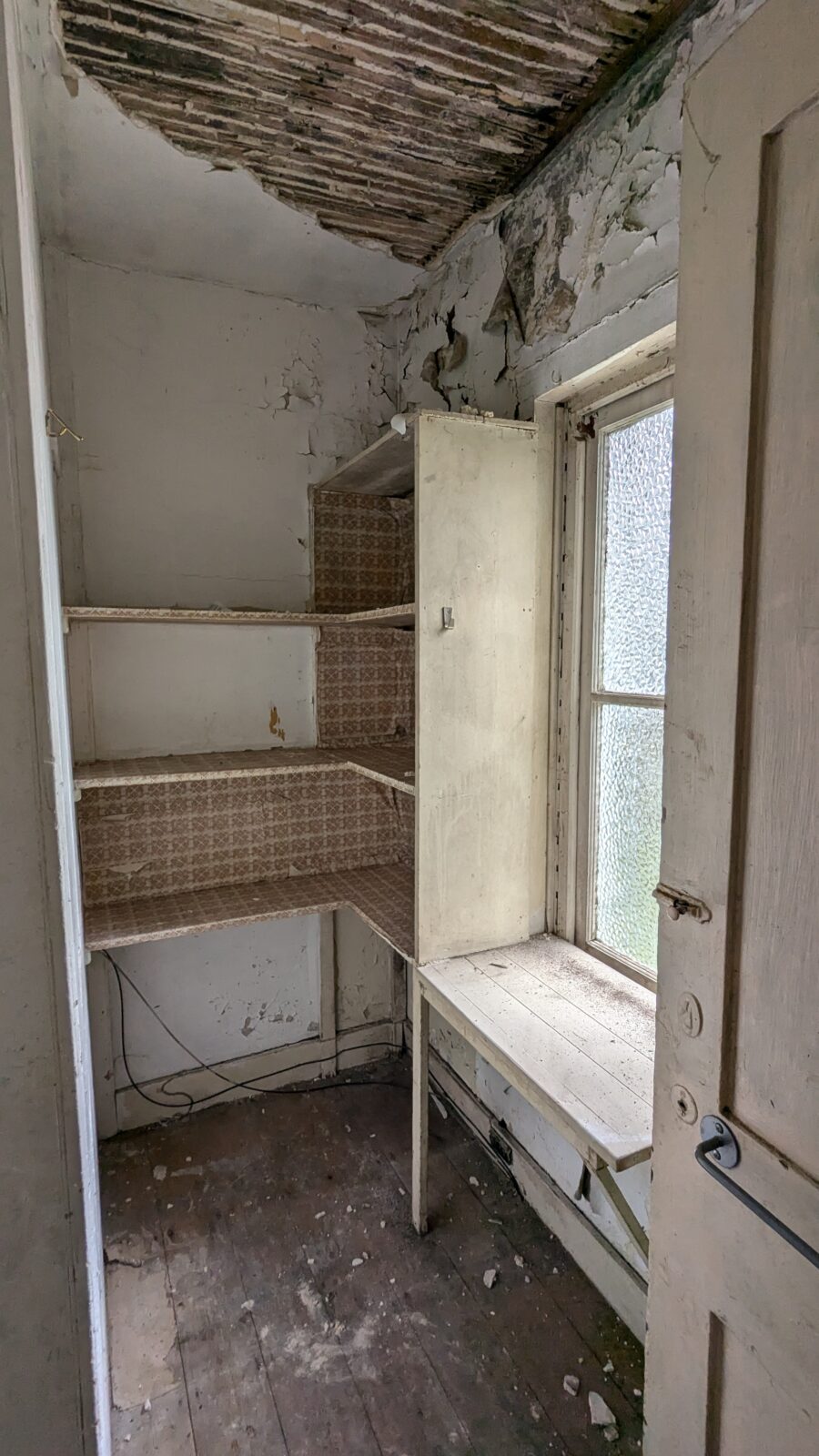
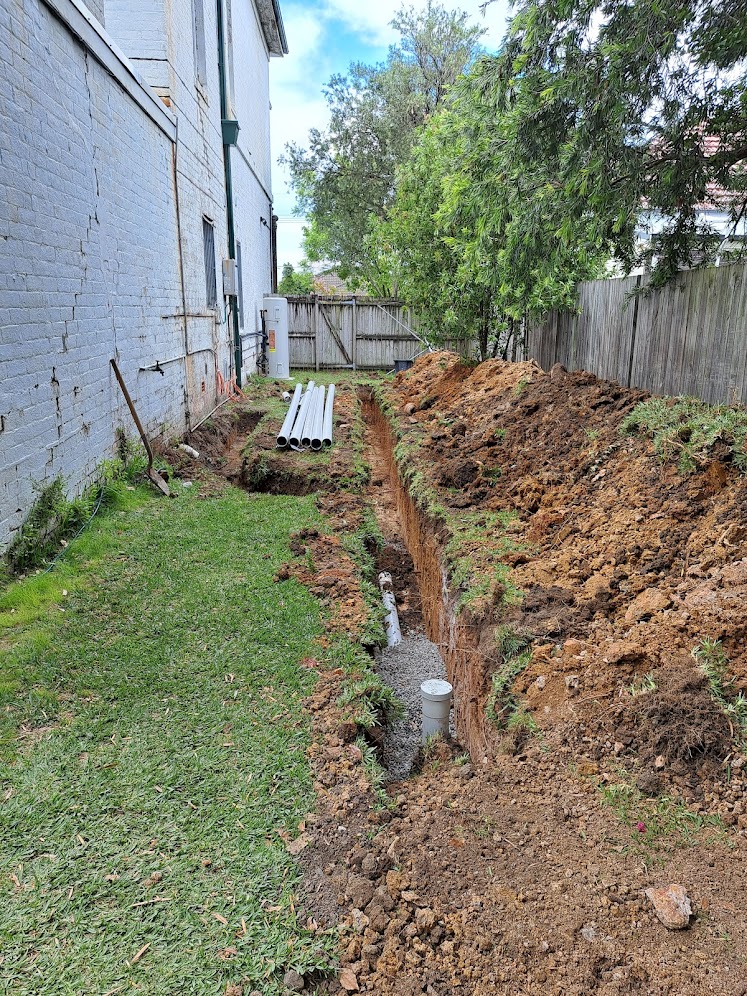
Volunteers made the difference
While licensed tradespeople completed much of the major works, a significant portion of the project was made possible through the commitment of volunteers from the congregation. Parishioners cleaned, painted, removed rubbish, cleared overgrown garden beds, and helped with sourcing affordable fittings. One member spent hours restoring timber architraves and another helped replace floorboards in several rooms.
“People gave up their Saturdays, worked week days, and worked into the evenings,” Cheryl recalls. “It was deeply encouraging. We all felt part of something that mattered.”
A project that drew community curiosity
Throughout the process, local curiosity grew. Neighbours and passersby often stopped to ask questions or offer encouragement. “People noticed what we were doing,” Cheryl says. “It sparked conversations not just about the building, but about the church and what we’re about.”
That quiet visibility, of a church caring for its space with thoughtfulness and integrity, turned out to be one of the project’s unexpected blessings.
Fit for ministry, ready for the future
The rectory is now a functioning family home again, filled with warmth and light. The new rector’s family has moved in, and the house is already doing what it was always meant to: supporting the life and ministry of the church.
For Cheryl and the other wardens, the outcome is deeply satisfying. “It’s not flashy,” she says, “but it’s beautiful. We’ve preserved what mattered, updated what needed to change, and we’ve done it all in a way that honours the parish, the people, and the purpose of the building.”
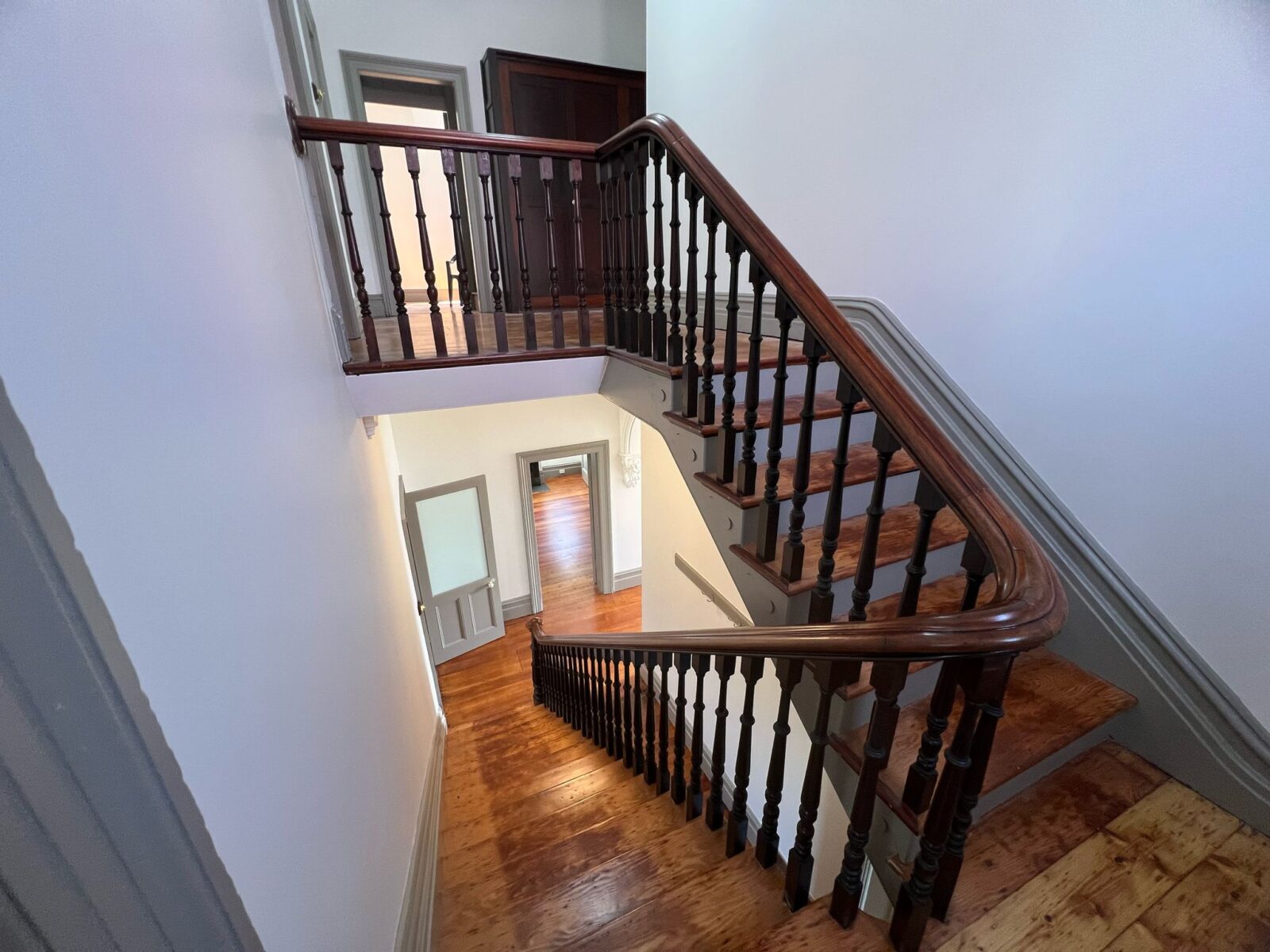
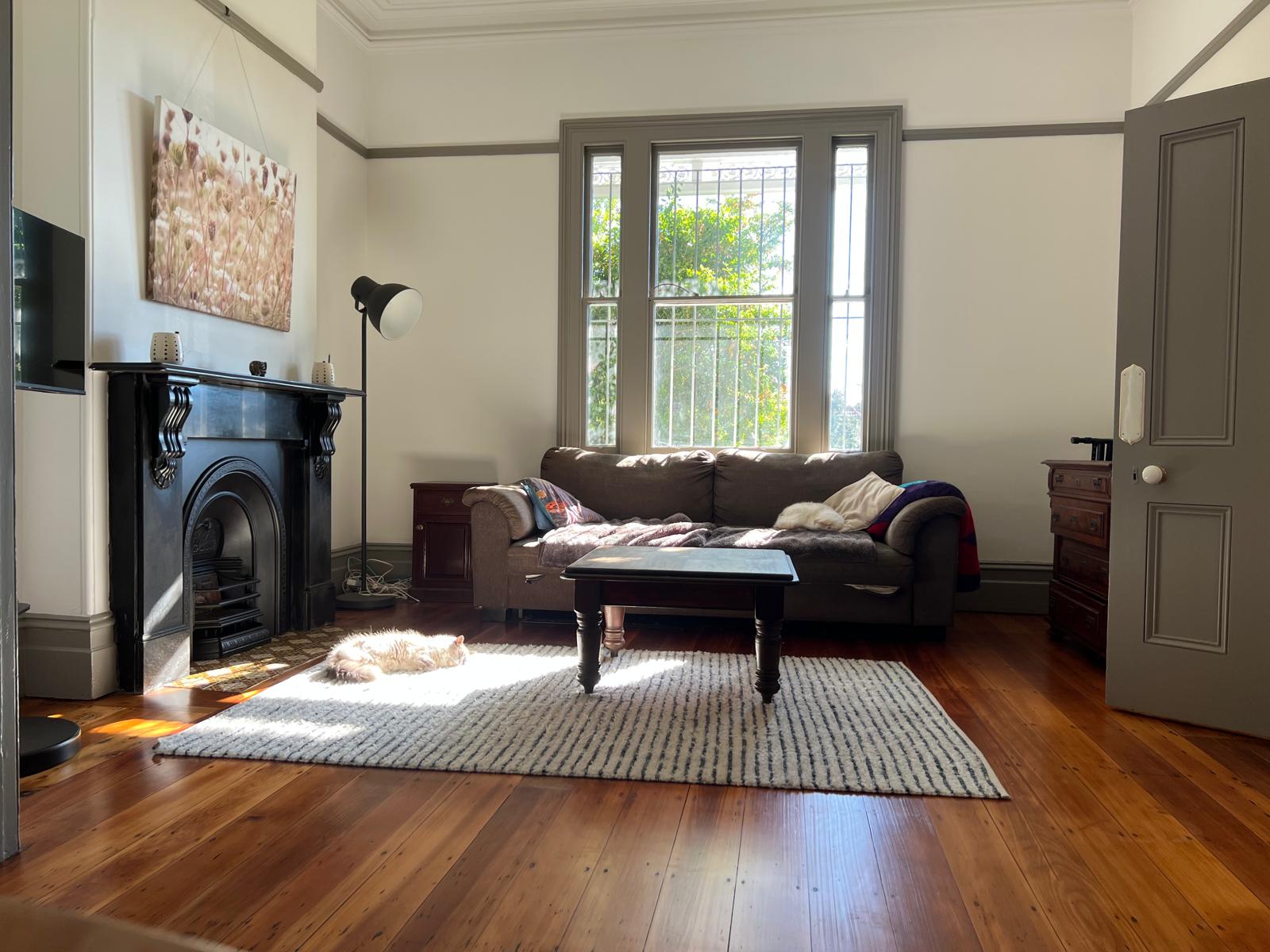
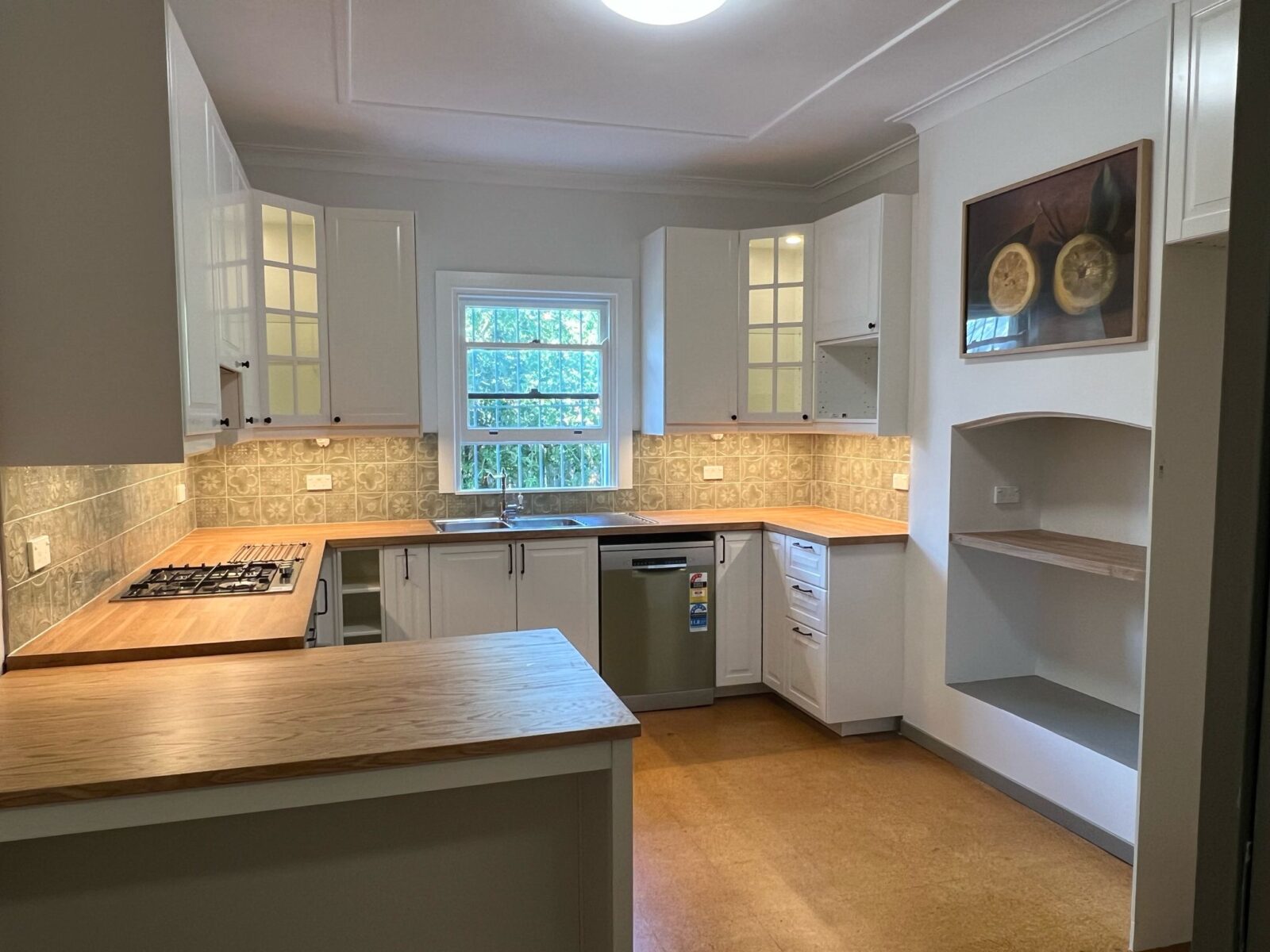
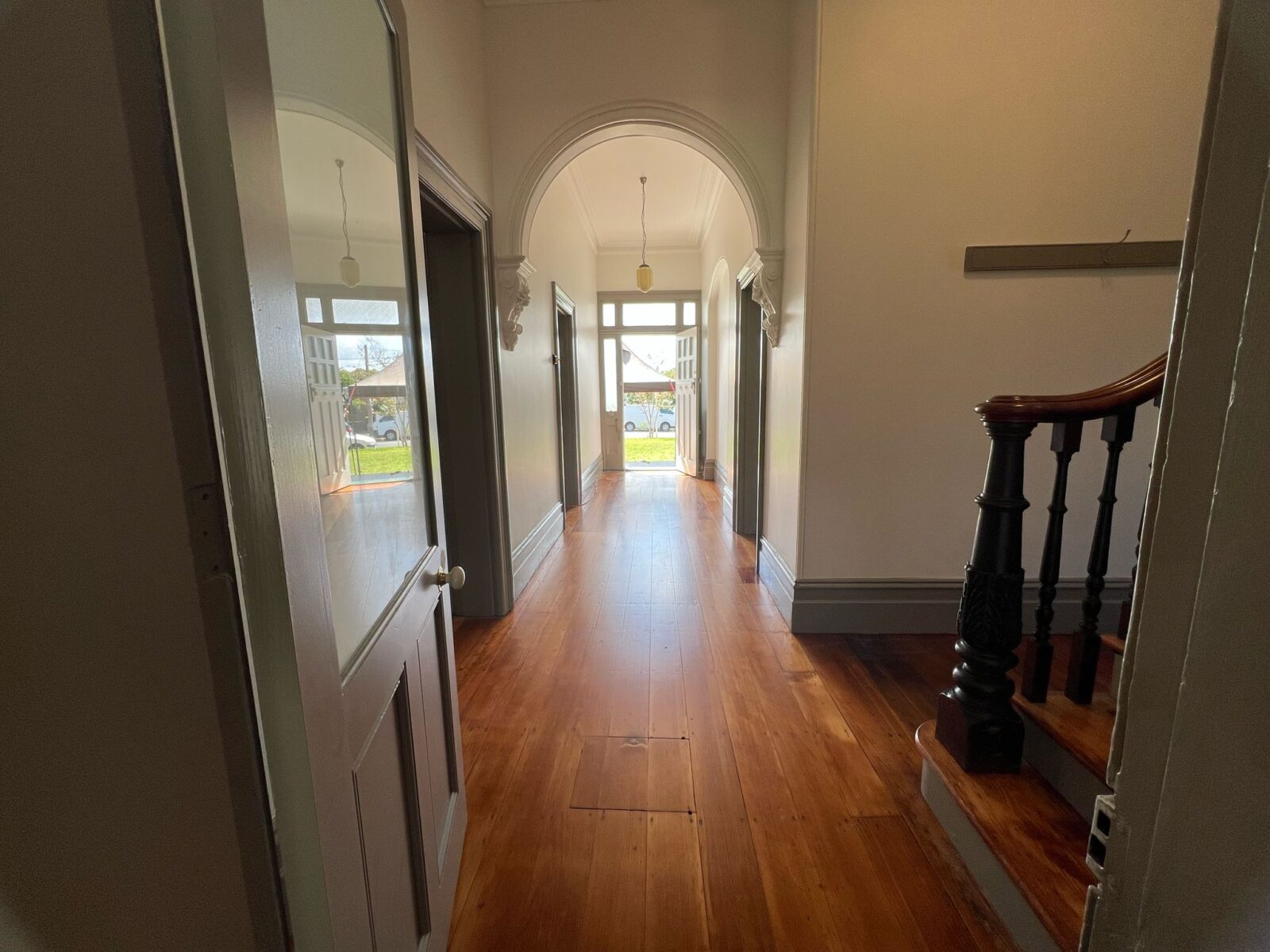
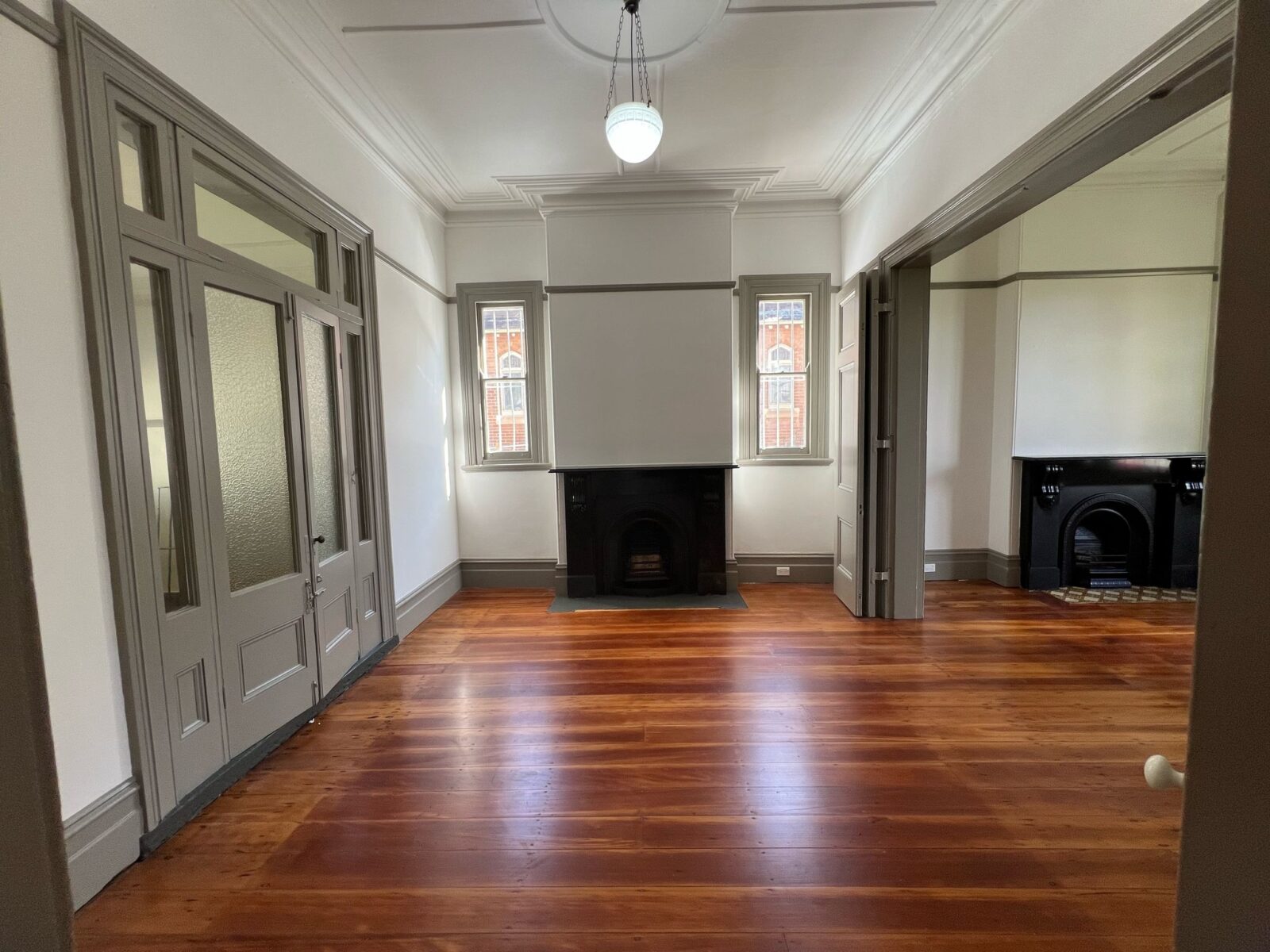
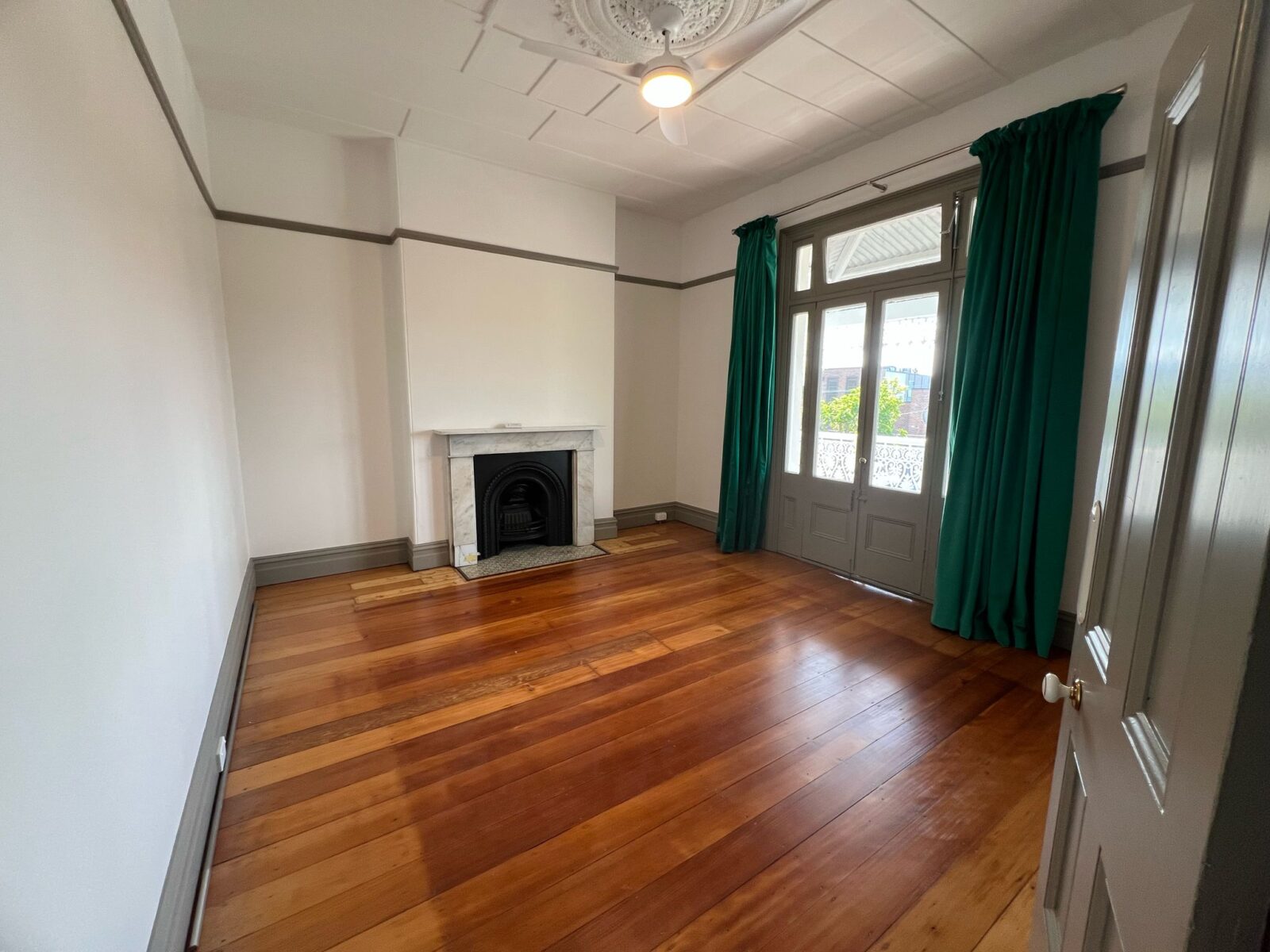
Encouragement for others
So, what advice would they offer other churches facing a similar challenge?
“Start early,” Cheryl says. “And don’t be afraid to take initiative. Get advice from SAP. Bring in people who care about heritage. And involve your parish as partners, not just funders.”
Above all, she urges churches to see property not as a problem to manage, but as a place for ministry. “When you treat your buildings with care, you show your community, and your leaders, that you’re serious about the mission of the church.”
